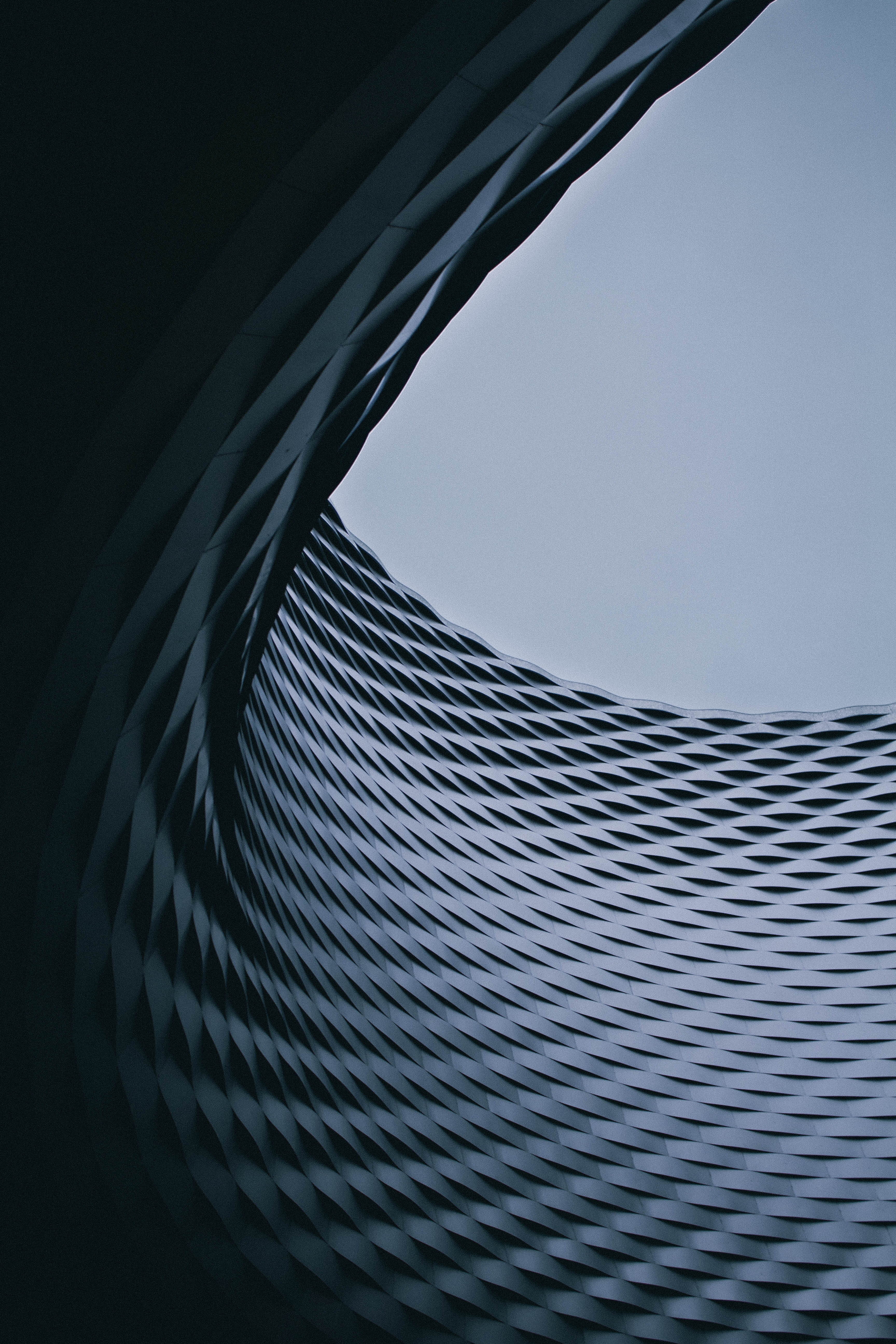In the realm of modern architecture, the interplay between form and function has evolved into a dynamic balance that shapes not only buildings but entire urban landscapes. No longer merely utilitarian, modern architecture seeks to harmonize aesthetic appeal with practicality, sustainability, and the human experience. This approach reflects a broader shift in architectural philosophy toward creating spaces that are not only visually striking but also responsive to the needs of their users and the environment.
The Evolution of Modern Architecture
Modern architecture emerged in the early 20th century as a departure from the ornate styles of the past, embracing principles of simplicity, functionality, and technological advancement. Pioneers such as Le Corbusier, Ludwig Mies van der Rohe, and Frank Lloyd Wright championed a new aesthetic characterized by clean lines, open spaces, and the innovative use of materials such as steel, glass, and reinforced concrete.
Balancing Aesthetics with Functionality
Central to modern architecture is the concept that form follows function—an idea popularized by American architect Louis Sullivan. This principle emphasizes that the design of a building should be primarily dictated by its intended purpose and practical considerations. However, in contemporary practice, this dictum has evolved to suggest that form and function should complement each other synergistically. Buildings are not only functional but are also conceived as sculptural forms that enrich their surroundings and engage with their users on an emotional and experiential level.
Sustainability and Environmental Considerations
In recent decades, the imperative of sustainability has profoundly influenced modern architectural practices. Buildings are now designed to minimize their environmental impact by incorporating energy-efficient systems, utilizing sustainable materials, and integrating green spaces and passive design strategies. This holistic approach ensures that modern architecture not only serves the present needs of society but also conserves resources for future generations.
Human-Centered Design and the User Experience
Another key aspect of modern architecture is the emphasis on human-centered design. Architects strive to create spaces that enhance the well-being and comfort of their occupants. This involves considerations such as natural lighting, ventilation, acoustics, accessibility, and ergonomic layouts. By prioritizing the user experience, modern architecture fosters environments that are not only functional but also conducive to productivity, creativity, and social interaction.
Examples of Successful Integration
Numerous examples illustrate the successful integration of form and function in modern architecture:
The Guggenheim Museum Bilbao (Spain), designed by Frank Gehry, exemplifies how expressive form can transform a cityscape while accommodating the functional requirements of a museum.
The Salk Institute for Biological Studies (USA), designed by Louis Kahn, harmonizes geometric purity with the practical needs of scientific research, creating an inspirational environment for scholars.
The Beijing National Stadium (China), also known as the Bird's Nest, designed by Herzog & de Meuron for the 2008 Olympics, combines structural innovation with an iconic form that symbolizes China's modern aspirations.
Challenges and Future Directions
Despite its achievements, modern architecture faces challenges such as urbanization pressures, affordability concerns, and the need for adaptive reuse of existing structures. Looking forward, the field is poised to embrace digital technologies, sustainable practices, and innovative materials to address these challenges and continue evolving.
Conclusion
In conclusion, modern architecture represents a profound synthesis of form and function, blending aesthetic expression with practicality, sustainability, and human-centered design. By striking this delicate balance, architects not only create visually compelling structures but also contribute to the quality of life, environmental stewardship, and cultural identity of communities around the world. As the discipline continues to evolve, the challenge remains to uphold these principles while embracing new technologies and societal needs, ensuring that modern architecture remains both timeless and responsive to the dynamic forces shaping our world.


